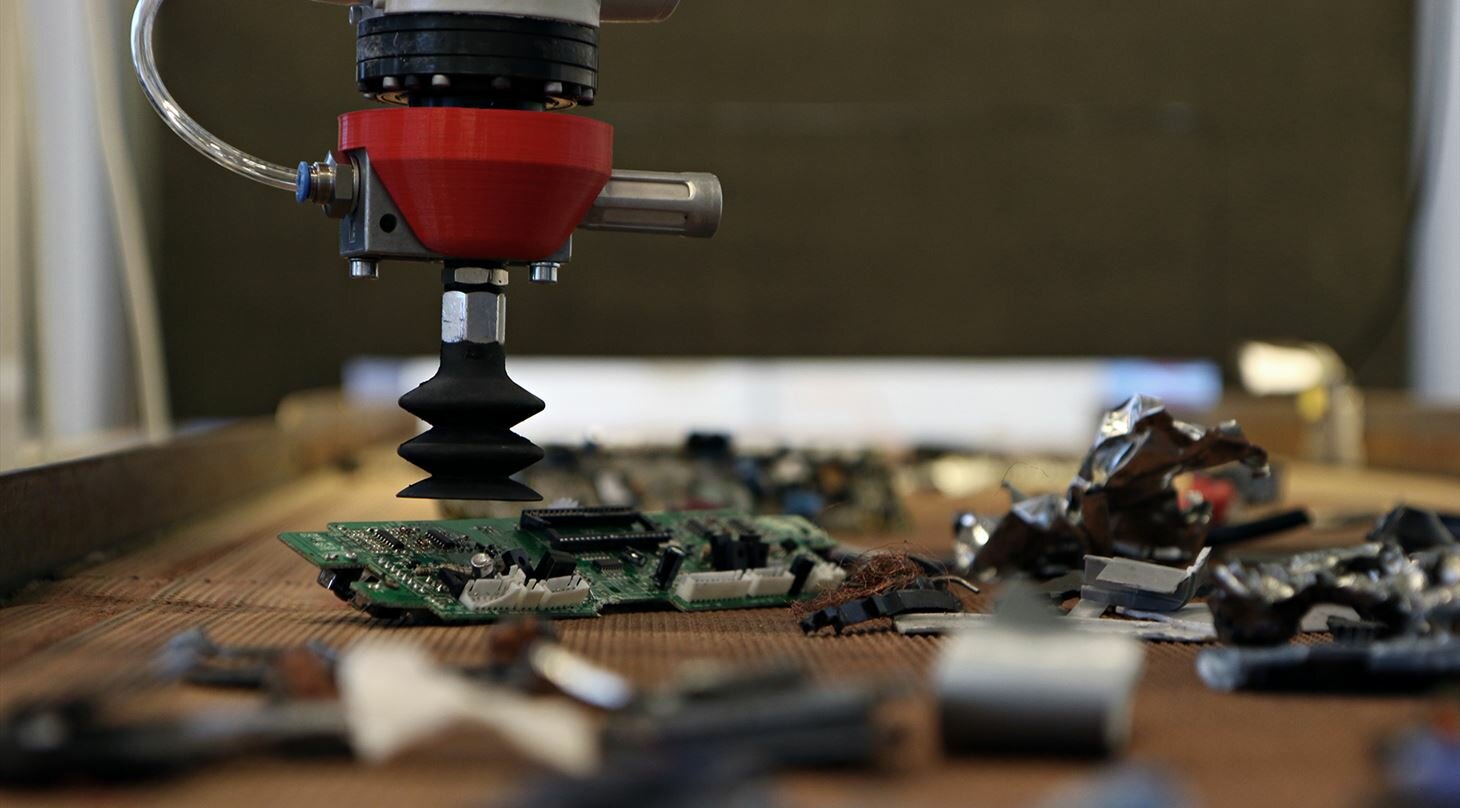Green AI as the ultimate solution to e-waste
In an earlier post of this blog, our colleague Helio Junior said that Green Artificial Intelligence is a great strategy to mitigate climate change, but to achieve that, was necessary the ethical and transparent implication of governments and industries. In fact, after all these years of climate destruction, the Earth is in such a mess that we must rely on effective ways to reduce greenhouse gas emissions and soil and water pollution, and if it’s not the governments and scientific communities who start putting this into practice, then who?
First, we should understand what Green AI is and how can be used to tackle climate change. Green AI could be explained as
AI needs machine learning (ML) to teach computers to think in a similar way than humans do by learning from past data without programming explicitly, thus solving complex problems. Green Machine Learning is
From robotic systems that detect plastic in oceans and improve the recycling process to AI-powered bins for reducing supermarket food waste, there are hundreds of examples of AI solutions to responsibly save the planet. Now we just need the boost to adopt them as main solutions and expand to every problem affecting us.
In my first post I explained the dangers of e-waste and how industrialised countries were throwing the ball into developing ones’ courts expecting them to deal with the problem, especially because e-waste is complex and time-consuming. However, if a country has resources enough to create an electronics empire, then they should have resources to deal with its e-waste. Luckily, the adoption of artificial intelligence and machine learning offers alternative computational approaches to effectively reduce e-waste. Using AI for e-waste management seems to be the perfect solution, and although it has not been fully developed yet, might give us hope.
Idaho National Laboratory, the University of Buffalo, Iowa State University, and e-waste recycler Sunnking are currently developing a software that allows robots to automatically find different types of smartphones on a recycling line, remove the batteries, and harvest high-value components. A kind of jack-of-all-trades AI robot would be the ideal long-term solution as we won’t see one in at least two years. Nevertheless, for now, manufacturers should produce devices using productive techniques to make e-waste recycling affordable for all and start considering making devices built to be recycled eventually.
We know that dismantling and recycling electronics by hand can be dangerous and time-consuming, therefore with AI and ML devices can be safely and rapidly recycled and invaluable parts rescued for reusing in future manufacturing. Contradictory may this seem, technology is to be used to fight electronic waste.


